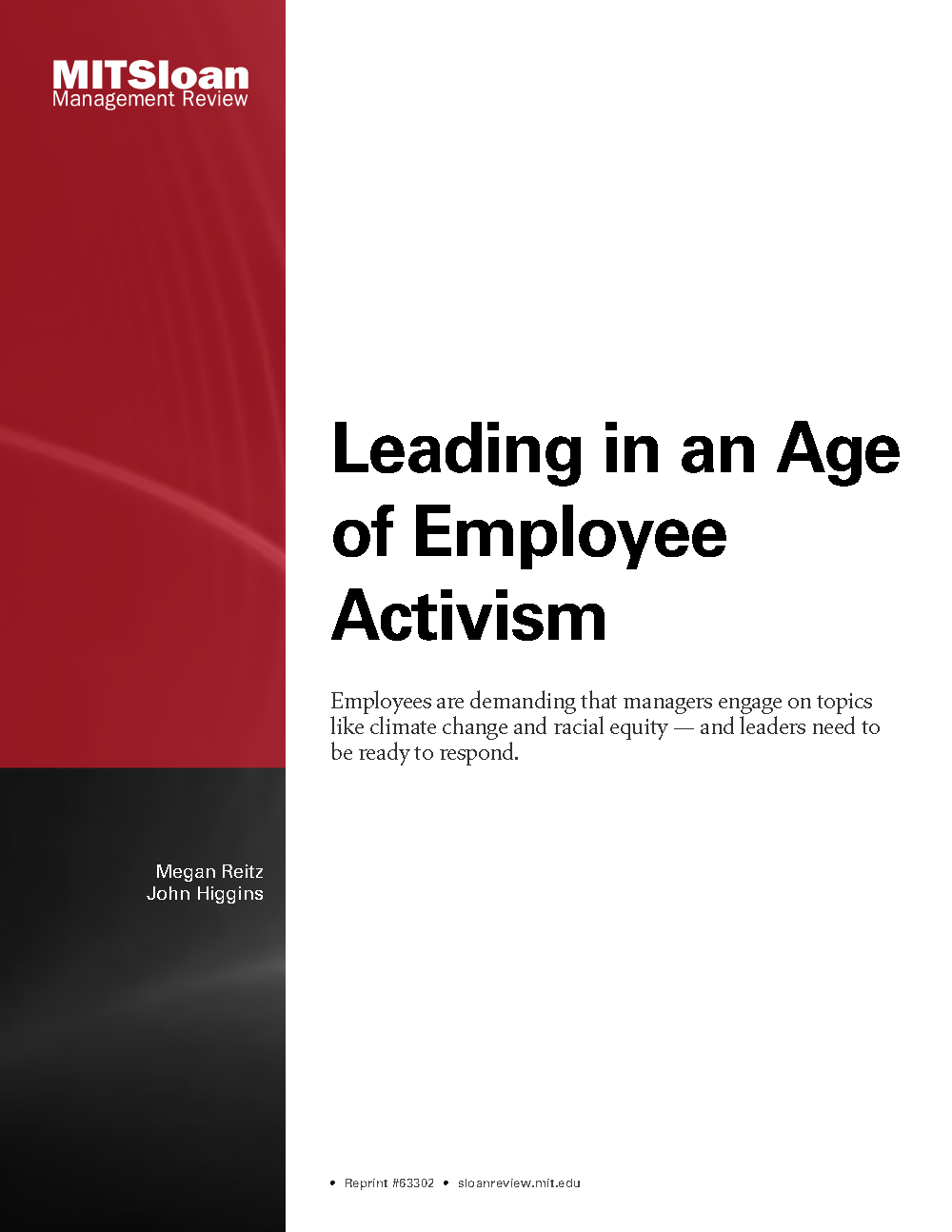
Why Showing Your Face at Work Matters
These days, more and more corporate employees are working at least part of the time from home offices. Working from home, or other types of remote work arrangements such as using a drop-in work center, can be beneficial to both employees and companies. However, authors Kimberly Elsbach (Graduate School of Management at the University of California, Davis) and Daniel Cable (London Business School) suggest that these nontraditional arrangements also have hidden pitfalls. Employees who work remotely may end up getting lower performance evaluations, smaller raises and fewer promotions than their colleagues in the office "Ò even if they work just as hard and just as long. The difference is what the authors call passive face time. By that they are not referring to active interactions with coworkers or clients, but merely to being seen in the workplace. For the last decade Elsbach and Cable have studied the concept of passive face time from the perspective of hundreds of corporate workers, including both supervisors and subordinates. They used observation, unstructured interviews and tightly controlled experiments to gather information about how passive face time affects employee evaluations. This data led Elsbach and Cable to three key findings described in the MIT Sloan Management Review article "Why Showing Your Face at Work Matters."




